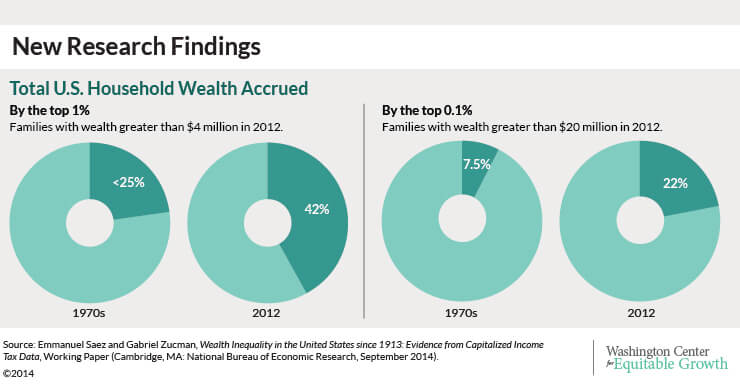http://hrms.urban.org/briefs/Gains-in-Health-Insurance-Coverage-under-the-ACA-as-of-March-2015.html
Thank you for a wonderful talk. A comment, and a question:
The comment: I have long had a bone to pick with Amy Finkelstein and company and their Oregon Medicaid study. They use “significant” in two different ways in their paper. Improvements in blood pressure and in blood sugar levels in their study were not statistically significant. Not a lot of people in the sample had high blood pressure or high blood sugar, and so the drops seen were not big enough to be confident in a statistical sense that they were not just the luck fo the draw. But the drops in blood pressure and in blood sugar levels were in line with what we expect to follow from prescribing first line lisinopril and metphormin to those who need them, and those drops are clinically significant. I’ve been trying to get them to say that the improvements in the physical health indicators they found were clinically but not statistically significant — but without conspicuous success.
The question: Back in 2009 the word from Nancy-Ann Min DeParle’s office in the White House was: Don’t worry about the federal-state nature of ObamaCare. Every governor will want to grab the credit for successfully bringing the self-employed, small business, and the working poor under the insurance umbrella. The Republican political infrastructure, especially, in the states is so beholden to insurance, physician, and other medical lobbies for their campaign financing that the idea of attempted state-level nullification was absurd.
Huge miscalculation.
Is our current situation in which ObamaCare has been implemented in Blue States, has been only 1/2 implemented in pink states, and is a horror show in deep red states, stable? And what difference is this implementation gap making not just for the health sectors but, indeed, for the economies of red-state America?

